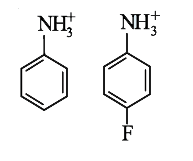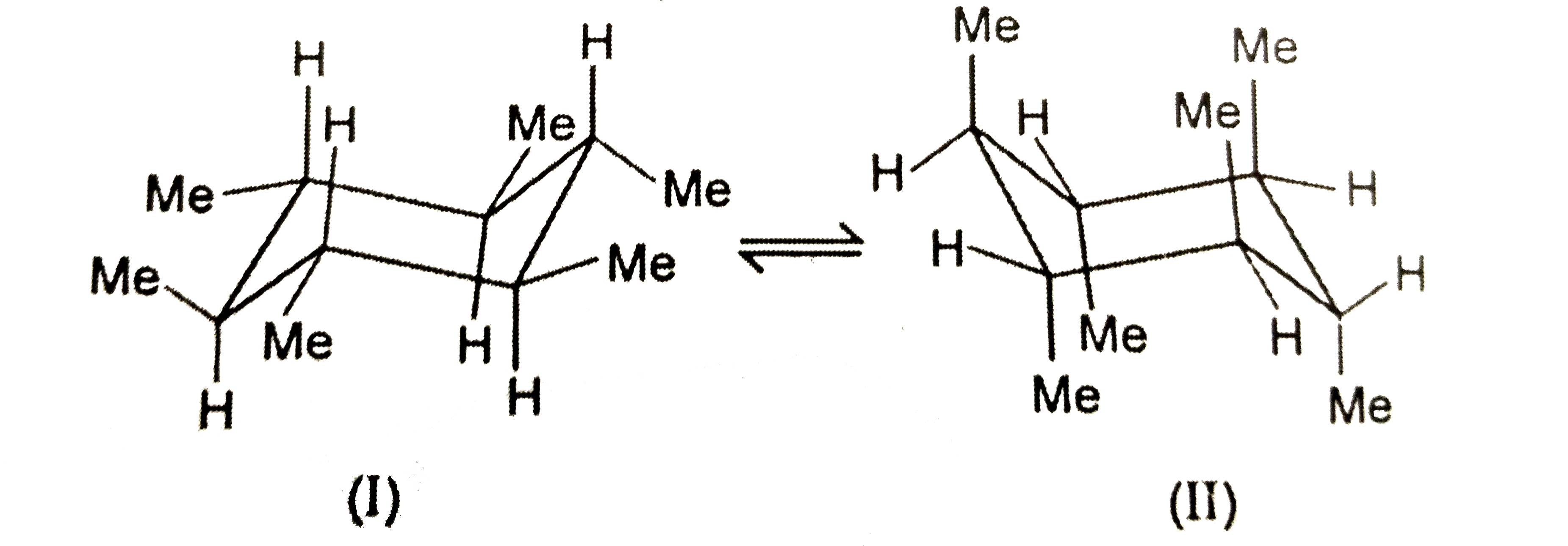Which out of helium and neon would adsorb on the surface of charcoal more readily and why?
To determine which gas, helium or neon, would adsorb more readily on the surface of charcoal, we can analyze the properties of both gases, particularly focusing on their critical temperatures and how these relate to the adsorption process.
1. Understanding Adsorption:
Adsorption is the process where molecules from a gas adhere to the surface of a solid. The extent of adsorption depends on various factors, including the nature of the gas and the surface area of the adsorbent.
2. Critical Temperature:
The critical temperature of a gas is the temperature above which it cannot be liquefied, regardless of the pressure applied. Gases with higher critical temperatures can be liquefied more easily, which enhances their ability to adsorb onto surfaces.
3. Comparing Critical Temperatures:
- Helium: The critical temperature of helium is approximately -267.96 °C.
- Neon: The critical temperature of neon is approximately -246.08 °C.
Since neon has a higher critical temperature than helium, it can be liquefied at a higher temperature.
4. Relation to Adsorption:
The ability of a gas to be adsorbed is directly related to its tendency to liquefy. Gases that can be liquefied more easily (i.e., those with higher critical temperatures) tend to adsorb more readily onto surfaces.
5. Conclusion:
Since neon has a higher critical temperature than helium, it will adsorb more readily on the surface of charcoal. This is because neon can be liquefied more easily, facilitating the adsorption process.
Final Answer:
Neon would adsorb on the surface of charcoal more readily than helium due to its higher critical temperature, which allows it to liquefy more easily and enhances the adsorption process.
Adsorption is the process where molecules from a gas adhere to the surface of a solid. The extent of adsorption depends on various factors, including the nature of the gas and the surface area of the adsorbent.
The critical temperature of a gas is the temperature above which it cannot be liquefied, regardless of the pressure applied. Gases with higher critical temperatures can be liquefied more easily, which enhances their ability to adsorb onto surfaces.
- Helium: The critical temperature of helium is approximately -267.96 °C.
- Neon: The critical temperature of neon is approximately -246.08 °C.
Since neon has a higher critical temperature than helium, it can be liquefied at a higher temperature.
The ability of a gas to be adsorbed is directly related to its tendency to liquefy. Gases that can be liquefied more easily (i.e., those with higher critical temperatures) tend to adsorb more readily onto surfaces.
Since neon has a higher critical temperature than helium, it will adsorb more readily on the surface of charcoal. This is because neon can be liquefied more easily, facilitating the adsorption process.
Neon would adsorb on the surface of charcoal more readily than helium due to its higher critical temperature, which allows it to liquefy more easily and enhances the adsorption process.
Topper's Solved these Questions
- SURFACE CHEMISTRY Book:ICSEChapter:SURFACE CHEMISTRY Exercise:EXERCISE (PART-I ( OBJECTIVE QUESTIONS ))
Explore 35 Videos
- SURFACE CHEMISTRY Book:ICSEChapter:SURFACE CHEMISTRY Exercise:EXERCISE (PART-I ( OBJECTIVE QUESTIONS )) (Complete the followings statements by selecting the correct alternative from the choices given :)
Explore 35 Videos
- SURFACE CHEMISTRY Book:ICSEChapter:SURFACE CHEMISTRY Exercise:ISC EXAMINATION QUESTIONS
Explore 4 Videos
- SPECIMEN QUESTION PAPERBook:ICSEChapter:SPECIMEN QUESTION PAPERExercise:QUESTION
Explore 140 Videos
- THE SOLID STATEBook:ICSEChapter:THE SOLID STATEExercise:MULTIPLE CHOICE QUESTIONS (Assertion-Reason based questions)
Explore 10 Videos
Similar Questions
Knowledge Check
Which of the following gases is adsorbed most by activated charcoal?
AHClBNH3CO2DCO2
Which will be adsorbed more readily on the surface of charcoal and why−NH3 or CO2?
View SolutionWhy helium and neon do not form compounds with fluorine?
View SolutionWhich of the following gases is adsorbed most by activated charcoal?
View SolutionWhich of the following gases is adsorbed most by activated charcoal?
View SolutionOut of aphelion and perihelion, where is the speed of the earth more and why ?
View SolutionWhich of the following is more acidic and why?

View SolutionWhich of the following is more acidic and why?

View Solution


